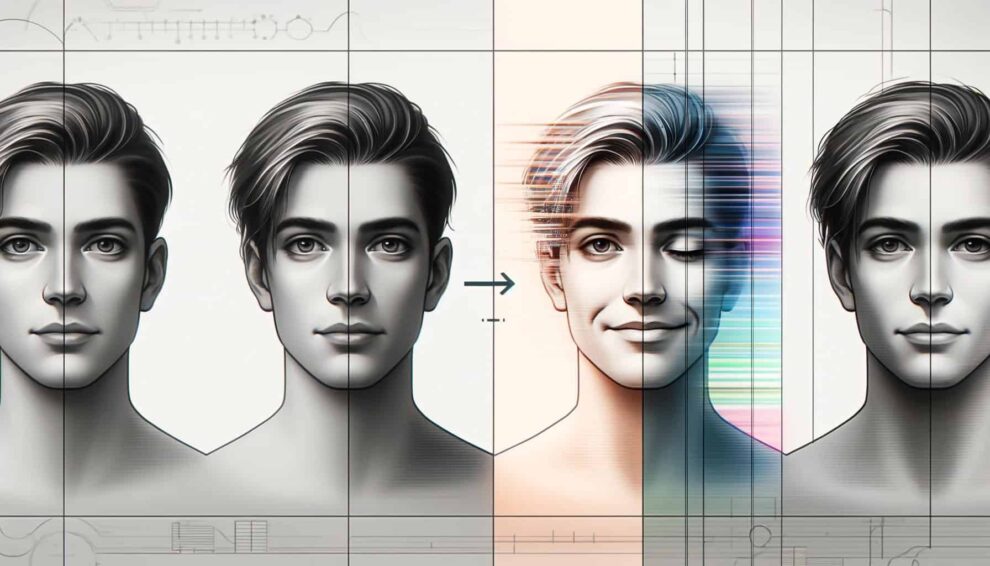In a significant leap in artificial intelligence technology, Microsoft has introduced VASA-1, a state-of-the-art AI model designed to convert static images into high-quality videos. This development opens up new vistas for content creation, enhancing how industries like marketing, education, and entertainment can engage with digital media.
How VASA-1 Works
VASA-1 operates by employing deep learning algorithms to analyze the content of a static image and predict motion that would naturally follow if the scene were dynamic. By understanding the context and elements within an image, VASA-1 can generate seamless video clips that extend up to several seconds, creating a lifelike animation of the still image.
Potential Applications and Impact
Transforming Industries with VASA-1
VASA-1’s capabilities are set to revolutionize several sectors by providing a tool that can bring still images to life. In marketing, for instance, brands can create more engaging advertisements by animating images of their products. Educational content creators can illustrate complex processes through animation, making learning more interactive and understandable.
Future Prospects and Enhancements
While VASA-1 represents a breakthrough in AI-driven video generation, Microsoft has indicated that this is just the beginning. Future enhancements may include longer video durations, improved resolution, and more accurate motion prediction, thereby broadening the scope of VASA-1’s applicability.
Conclusion: A New Era in Digital Media
With VASA-1, Microsoft not only sets a new standard in AI capabilities but also reshapes how we interact with digital content. As this technology develops, it will likely become integral to various digital media applications, offering more immersive and engaging user experiences.
This announcement from Microsoft showcases their commitment to pushing the boundaries of AI and digital media technology. VASA-1 stands out as a pioneering tool that could transform many aspects of our digital interactions, highlighting Microsoft’s role at the forefront of AI innovation.

























Add Comment